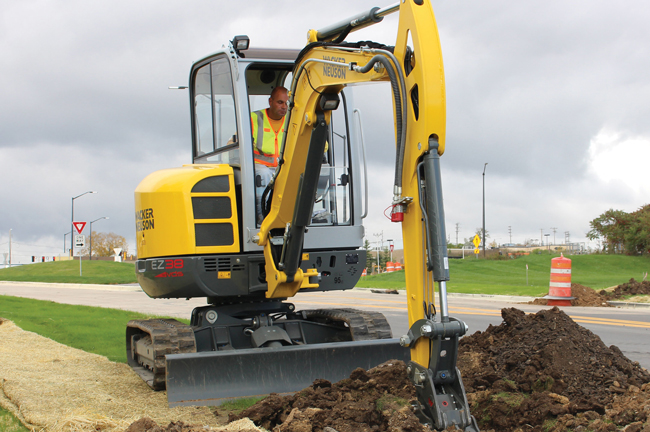A mini or compact excavator, one of various types, has a more compact, flexible, and adaptable chassis, making it ideal for a variety of applications. These tiny machines weigh between 2,000 and 20,000 pounds and may be outfitted with a number of attachments for a variety of duties ranging from digging and demolition to snow plowing. This advice might assist you if you believe a tiny excavator is what you need on the job site. We explain what a mini excavator is, the versatility it provides, how to use it safely, and how to pick the ideal one for your next job.
Mini Excavator Parts: It’s critical to understand what each component of a mini excavator accomplishes and how it contributes to the machine’s performance. These excavator parts should be recognizable to you.
- The undercarriage is the excavator’s bottom part. It is the component of the mechanism that permits the vehicle to move.
- The boom is the section of the device that is connected to the cab.
- The boom supports the arm, which is also known as a dipper or stick.
- The bucket is located at the end of the arm that scoops up the ground.
- The cab of an excavator is where the operator sits to manage the vehicle.
- Excavator tracks are the steel-reinforced rubber tracks that allow the machine to move.
- Idlers: These are big metal wheels located within the undercarriage that keep the tracks in proper alignment.
- ROPS: A rollover protection structure, or ROPS, protects the operator in the event of a vehicle rollover.
While you should always consult your operator’s handbook before operating any construction equipment on the job site, we’ve compiled a list of vital recommendations for operating a mini excavator safely and effectively:
- Read the excavator’s instruction manual and understand the controls.
- Put on your seatbelt and enter the cab of the mini excavator, ensuring three points of contact. Start the excavator and pull the safety lock lever down.
- Before you begin driving, raise the stabilizer bar.
- To begin moving the small excavator, locate the track pedals.
While smaller than a standard excavator, a mini excavator is larger than a backhoe loader, making it an important piece of heavy equipment for a wide range of activities in various sectors, from landscaping to trenching to demolition. The mini excavator is a flexible equipment because to the large number of attachments available and the small frame.










